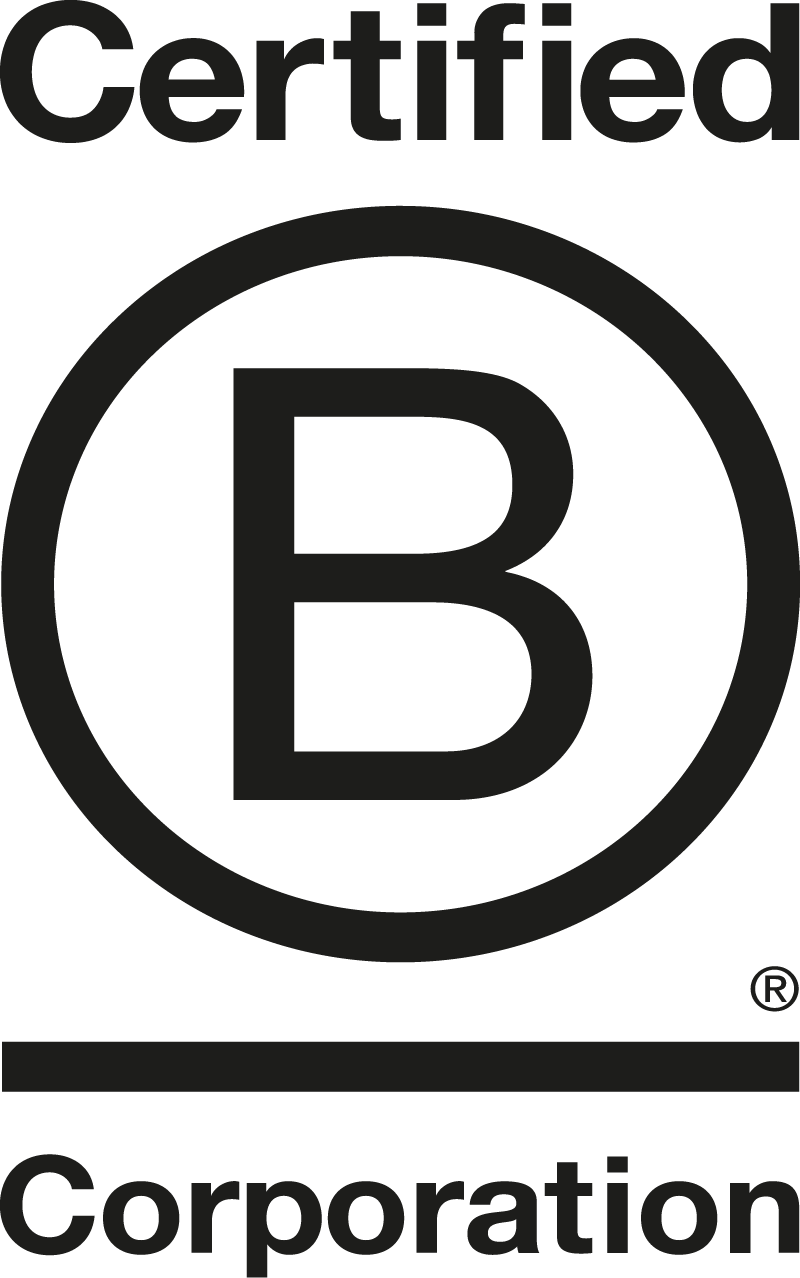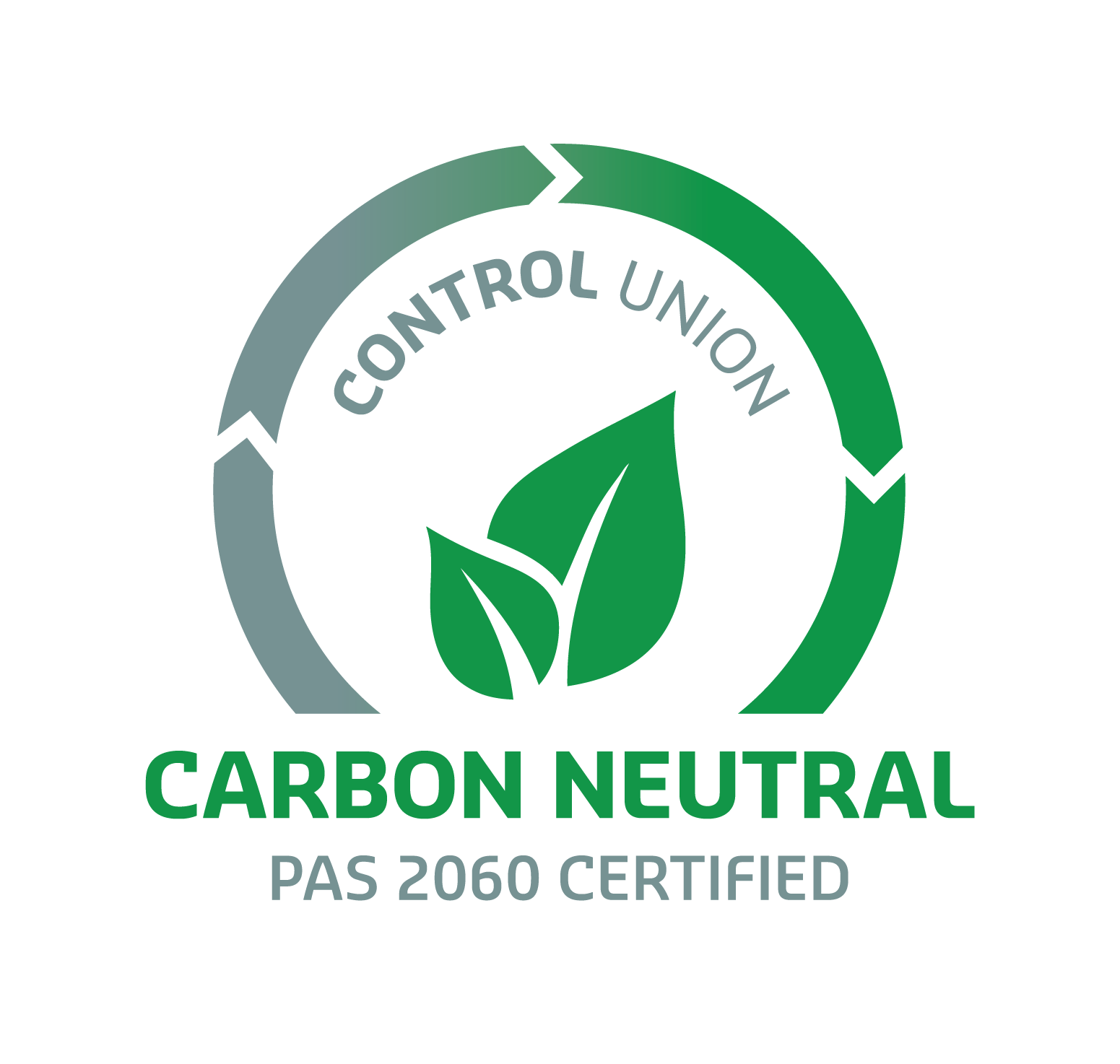As brands jump on the sustainability bandwagon, consumers are wising up to misleading claims. We highlight the problems with this sometimes shady marketing practice. Read on for our top tips to avoid greenwashing in your brand communications and build out your green marketing strategy.
The sustainability movement has been growing in strength in recent years, with consumers more aware of the impact of the products they use. In the UK, three-quarters of shoppers now value responsibly sourced products.1
With such a shift in shopper sentiment, companies have inevitably taken notice. Large numbers have come out to publicly pledge their support for the environment, either through products or policies aimed at lowering their impact.
On the surface, this is great for environmental causes. This brand adoption we are seeing does wonders for awareness of green issues. Public concern over the environment is at a 30-year-high, almost doubling in the last decade.2
But consumers are increasingly aware that not all sustainability messaging is as it appears…
What is Greenwashing?
To stay relevant in the discussion, brands that never really mentioned sustainability before are now making bold and misleading claims. This practice is known as greenwashing, a type of ‘environmentally friendly’ marketing that uses deception to falsely promote a product, company, or policy as sustainable.3
Greenwashing practices can be as simple as using buzzwords or packaging products to appear environmentally friendly. There are many examples of one-off green campaigns that have been used to improve brand perception.
Why is Greenwashing a Problem?
Unfortunately, these activities often run counter to standard business practices.
While most campaigns are good-natured, some seek to take advantage of the world’s appetite for more responsible products. But when found out, honest mistakes and attempts to mislead about environmentally friendly behaviours can both damage your brand.4
Now, ‘sustainable’ is quite a vague descriptor of a product. There’s no universal definition or certification to measure or verify claims, which has made it easy for brands to fall into the greenwashing trap or exploit the ambiguity.
We all want to say good things about our products, but claims of sustainability can expose a brand to unwanted scrutiny. So how do we avoid the greenwashing trap? Here are our top tips…
Ways to Avoid Greenwashing
Being familiar with the entire supply chain
Tracing back all levels of supply, not just tier one, will add real weight to your communications. It’s also the best way to be sure your products and services are as you expect.
Keeping the team in the loop
This one’s key for larger companies. It’s important to include key stakeholders in the sign-off process. In particular, product and sustainability officers should be aware of messaging, as when sustainability is an afterthought, oversights are the likely result.
Substantiating claims
Assuming the previous point is ticked, you should have access to all material credentials and certifications. This will help avoid overstating green credentials.
Taking time to review
If you’re unsure your claims meet the necessary green standards, there’s no harm in waiting. Giving yourself time to gather more info, data, or certifications will pay off in the long run.
Communicating honestly
Patagonia is on nearly every ‘most sustainable brands’ list, but even they are frank about their impact:
“We know that our business activity—from lighting stores to dyeing shirts—is part of the problem. We work steadily to change our business practices and share what we’ve learned. But we recognise that this is not enough. We seek not only to do less harm, but more good.”
So, be honest…even if this means admitting there is more to do.
Sources
- TNS 2018
- IPSOS, 2020
- GreenMatters, 2020
- de Jong, Huluba & Beldad, 2019
- Patagonia



